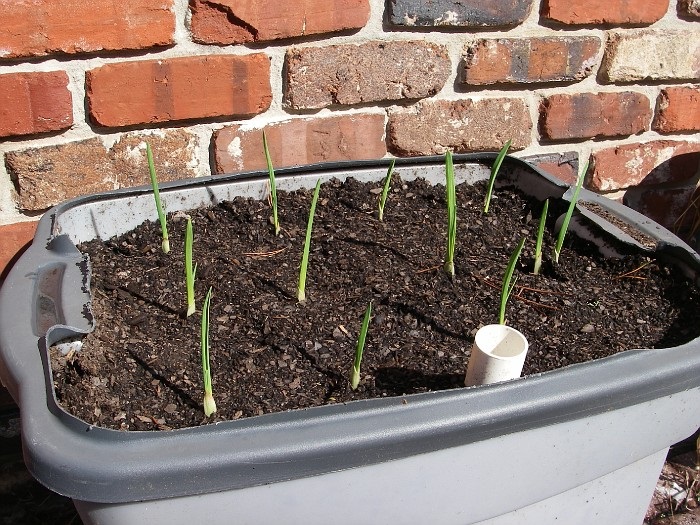Garlic Adds Flavor and Aroma
There is something about the aroma that is released from a garlic clove when it is cut. If you were to come into my kitchen or look in my garden, you would find garlic. I love cooking with it and use it in everything I can because of the flavor and aroma it adds.
Native to middle Asia and used in Mediterranean cooking, garlic is a member of the onion family and is known for its pungent aroma. The bulb is the most commonly used part of the garlic plant. Garlic bulbs are normally divided into numerous fleshy sections called cloves. They have a pungent flavor that mellows and sweetens considerably with cooking.
Garlic has long been credited with providing and prolonging physical strength and was fed to Egyptian slaves building the giant pyramids. Throughout the centuries, it has been known for its fascinating folklore, enhancement of delicious dishes, and medicinal uses.
There are several types of garlic, including purple-skinned, elephant garlic, or young or green garlic.
It can be broken down into hard-neck garlic with a thick, unbendable center stem; and soft-neck garlic which is the most common supermarket variety. Hard-neck varieties are cold hardy, have a milder flavor, and are preferred by gourmet chefs.
When purchasing garlic, look for large, plump bulbs that are compact and have unbroken, dry skin. Squeeze the bulb and if it gives under your fingers don’t buy it.
Garlic should be stored in a cool, dark, dry, well-ventilated place, but not in the refrigerator.
Fresh garlic will store well for several months. Dried and powdered garlic should be stored in airtight containers away from a heat source. Garlic oil should always be stored in the refrigerator due to food safety concerns.
Garlic cloves are mostly used fresh, minced or crushed. One raw garlic clove, finely minced or pressed, releases more flavor than a dozen cooked whole cloves.
When garlic cloves are cooked or baked whole, the flavor mellows into a sweet, almost nutty flavor that hardly resembles any form of pungency. Cooked, whole cloves barely have any aroma at all, while raw garlic is the strongest in flavor. For a milder taste, roast garlic wrapped tightly in aluminum foil until soft.
When sautéing garlic, there is a fine line between lightly sautéed and burnt. If yours goes from lightly golden brown to dark brown, the flavor turns intensely bitter, and you'll have to start over.
Cajun Style Black Eyed Peas are quick and easy to make and will jazz up your normal Black Eyed Pea recipe. Made in less than 20 minutes, they will be a great addition to grilled chicken and a tossed green salad.
Cajun Style Black-Eyed Peas
- 2 tablespoons oil
- 1 cup bell pepper, chopped
- 1 cup fresh mushrooms, sliced
- 1 1/4 cup black-eyed peas, cooked
- 2 medium tomatoes, chopped
- 1 tablespoon fresh thyme, chopped or 1 teaspoon dried
- 2 shallots, peeled and sliced
- 1 garlic clove, minced
- 1/2 teaspoon salt
- 1/4 teaspoon black pepper
- 1/8 teaspoon cayenne pepper
- 1/8 teaspoon hot pepper sauce, bottled
- Heat oil in large skillet.
- Sauté shallots with bell pepper and garlic for 3 minutes.
- Stir in mushrooms; sauté for 2 more minutes.
- Stir in remaining ingredients.
- Cook, stirring occasionally for about 5 minutes to blend flavors.
- Makes 6 servings.
Nutrition Info: 226 calories; 5 grams fat; 0 mg cholesterol; 10 grams fiber; and 207 mg sodium.
